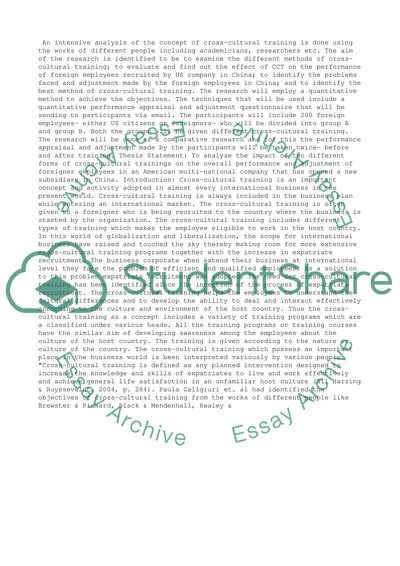Cite this document
(“Advanced research methods in business Dissertation”, n.d.)
Retrieved de https://studentshare.org/management/1391919-advanced-research-methods-in-business
Retrieved de https://studentshare.org/management/1391919-advanced-research-methods-in-business
(Advanced Research Methods in Business Dissertation)
https://studentshare.org/management/1391919-advanced-research-methods-in-business.
https://studentshare.org/management/1391919-advanced-research-methods-in-business.
“Advanced Research Methods in Business Dissertation”, n.d. https://studentshare.org/management/1391919-advanced-research-methods-in-business.


